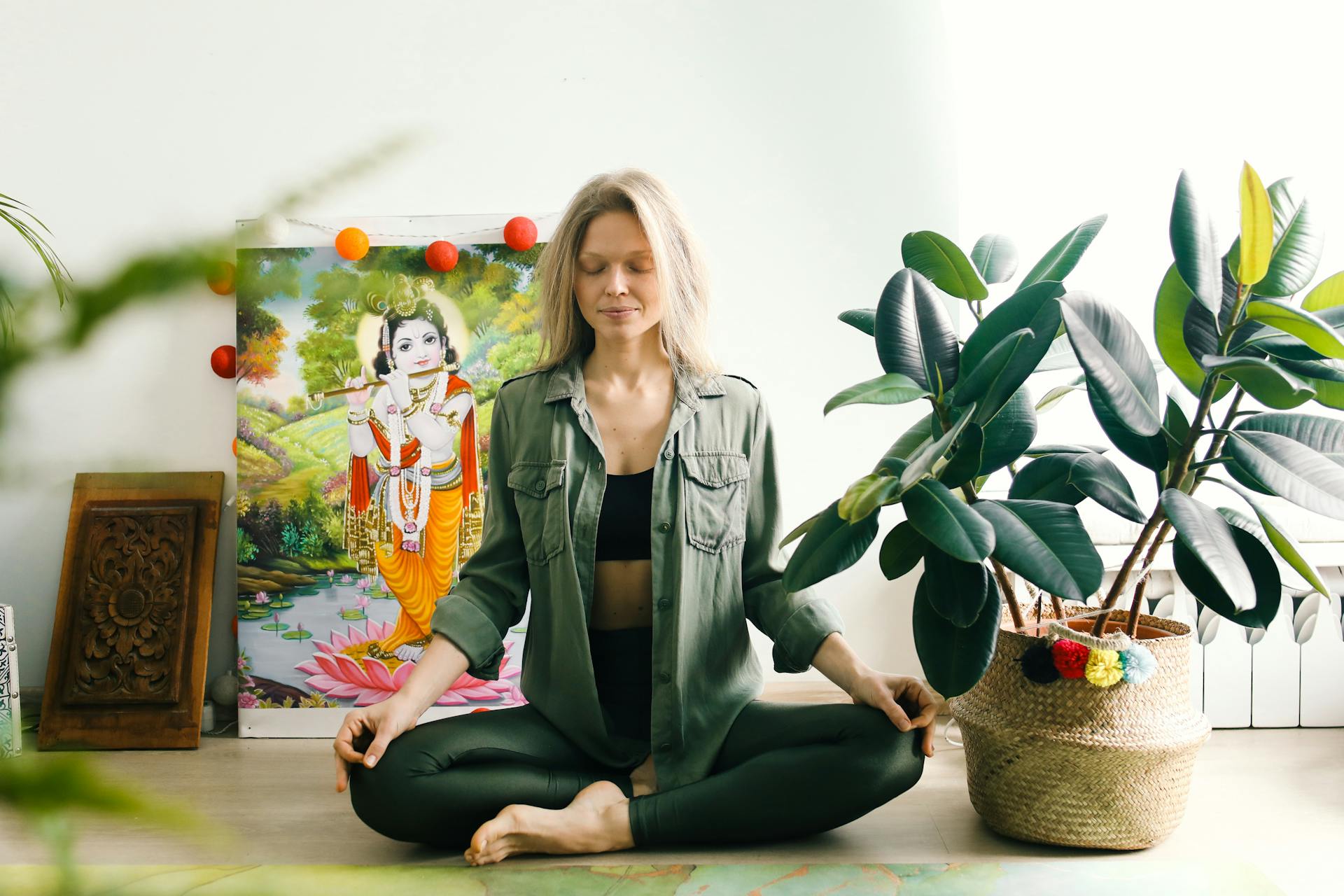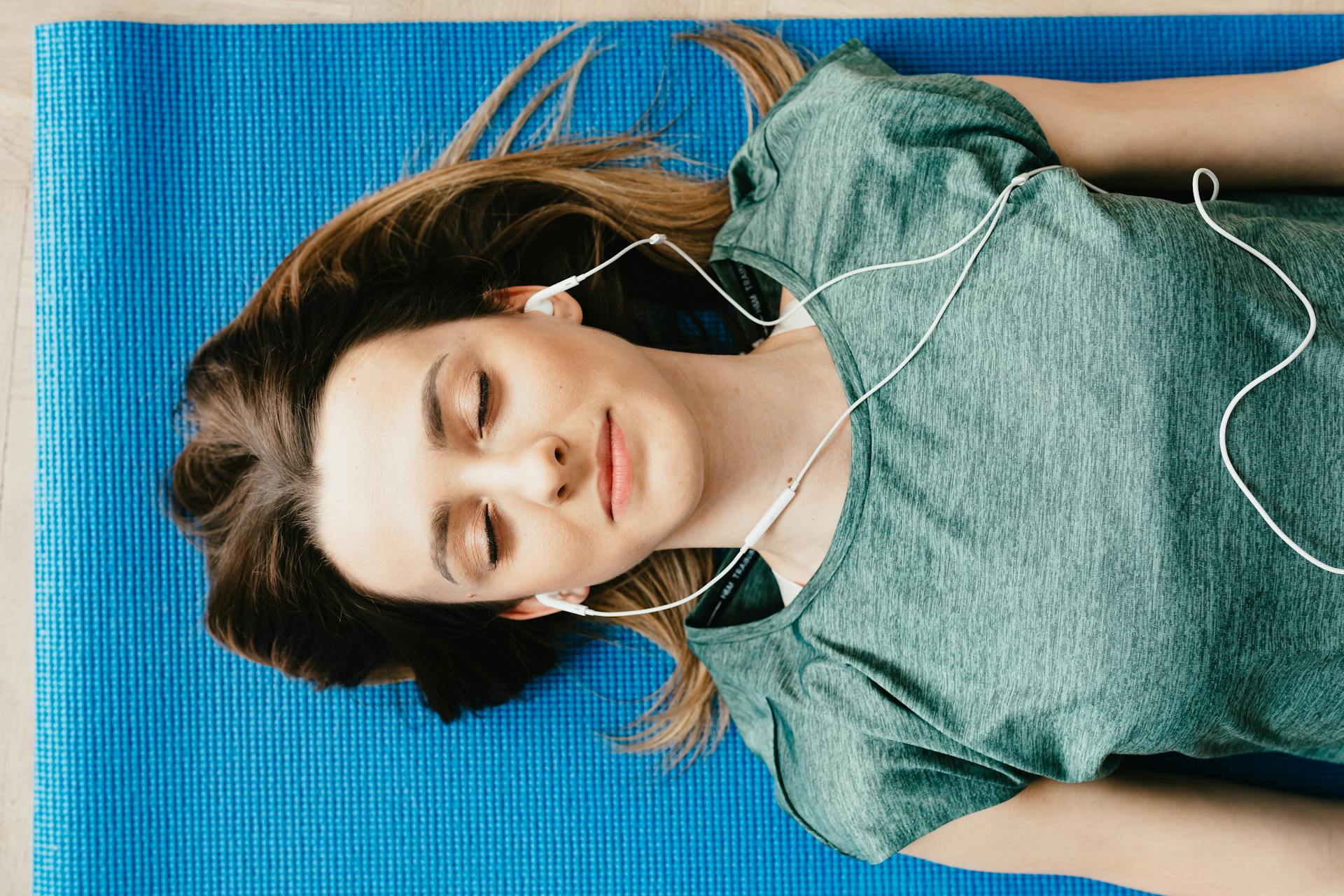You’ve tried rain sounds, ambient music, ocean waves—maybe even guided meditations. But what if nothing hits quite right?
That’s where personalized stress relief audio comes in.
Unlike generic audio, custom-created tracks reflect your unique emotional rhythm, whether that’s calming your nervous system, helping you fall asleep, or simply clearing your mind after a long day. The best part? You don’t need to be a musician to make your own.
This guide shows you exactly how to create your own stress relief audio—even if you’ve never composed a note or touched audio software.
🎯 What Do You Want Your Audio to Do?
Before you start downloading sounds or mixing tracks, define your goal. What kind of stress are you soothing?
Here are a few examples:
- Acute stress relief: From an argument, panic, or high-pressure event
- Chronic stress support: For long-term anxiety, burnout, or fatigue
- Sleep induction: Help your body transition into a restful state
- Focus aid: Calm the background noise in your brain while working
- Emotional grounding: Settle feelings like sadness, anger, or grief
Once you know the purpose, you can build an audio experience that actually works for you.
🧠 Your Brain on Audio: Why It Matters
Your nervous system responds to rhythm, frequency, and repetition. That’s why some sounds trigger calm while others raise tension. Here are some building blocks to keep in mind:
- Low-frequency tones (e.g., 40–100 Hz): promote grounding and safety
- Binaural beats: can encourage alpha (relaxed) or theta (dreamy) brainwaves
- Nature sounds: provide environmental calm and a sense of space
- Silence gaps: allow integration and breath—not just constant sound
The beauty of personalization is that you can build a soundscape that mirrors your own stress relief patterns, not someone else’s.
🔧 Step-by-Step: How to Build Your Own Stress Relief Audio
Let’s walk through the entire process from start to finish. You’ll end up with a track that you can play on loop whenever you need it.
Step 1: Choose Your Base Layer (Foundation Sound)
Your base layer sets the emotional tone. Think of this as the background color in a painting.
Choose from:
- Rain – steady and relaxing; great for sleep and focus
- Ocean waves – natural rhythm that helps slow breathing
- Brown noise – deeper and softer than white noise, good for sensory calm
- Tibetan singing bowls – adds spiritual grounding and resonance
- Soft ambient synth pads – good for a futuristic, smooth mood
📌 Where to get them:
– Freesound.org
– YouTube Audio Library
– Royalty-free ambient libraries
– Loop packs (search “ambient pad samples”)
You can pick one main track or layer two sounds with contrasting tones (e.g., rain + ambient pad).
Step 2: Add a Secondary Track (Emotional Texture)
This is where you tune your emotion—add what speaks to your heart or mind.
Options include:
- Chimes or bells – bring lightness and clarity
- Low drones – deepen grounding and safety
- Soft piano melodies – gently guide the mind
- Harp, flute, or strings – great for grief or emotional heaviness
Don’t overthink melody—it doesn’t need to be complex. Even a simple repeated pattern can shift your nervous system into rest-and-digest mode.
💡 Tip: Try different pairings with your base sound and see what feels right. This is intuition-based—go with what your body relaxes into.
Step 3: Consider Adding Binaural Beats or Isochronic Tones
These brainwave tools are optional—but powerful.
Here’s a quick breakdown:
- Delta (1–4 Hz): Deep sleep and healing
- Theta (4–8 Hz): Meditation, intuition, creativity
- Alpha (8–12 Hz): Relaxed focus
- Beta (13–30 Hz): Alertness (avoid for stress relief)
You’ll need headphones to feel the effect of binaural beats, since they rely on frequency differences between your ears. Isochronic tones can be felt with or without headphones.
📌 Tools:
– Brain.fm (paid)
– YouTube binaural beat channels
– Binaural generators like Gnaural or MyNoise
⚠️ Don’t mix too many brainwave tracks. Stick to one purpose—calm, focus, or sleep.
Step 4: Create Transitions and Flow
Your stress relief audio isn’t just sound—it’s a journey.
Start with:
- Fade-ins: to ease the mind into the session
- Crescendo moments: optional small builds (like a wave crash or bell ring)
- Fade-outs: so you can drift into sleep or silence without a jolt
Avoid abrupt cuts or chaotic transitions. The goal is nervous system regulation, not surprise.
Free tools like Audacity let you layer, trim, and fade sounds with zero cost.
Step 5: Record (or Import) a Vocal Element—If You Want One
Want to add a personal affirmation, breath cue, or mantra? You can record your own voice or import a soft-spoken vocal.
Example uses:
- Guided breath (“Inhale slowly… hold… exhale.”)
- Calming phrases (“You are safe. You can rest.”)
- Mantras or chants (“Om Shanti,” “Peace is here.”)
Keep your tone gentle, slow, and spacious. You don’t need to sound like a meditation teacher—just sincere and steady.
🎙️ Tools:
– Voice Memo app
– Audacity (for mic input)
– Phone headset mic (works fine for this)
If using AI or generated voices, make sure it doesn’t feel robotic or cold.
Step 6: Export Your Track and Make It Portable
Once you’re happy with your audio:
- Export as MP3 (universal compatibility)
- Save to your phone, cloud drive, or music app
- Give it a clear name like “My Sleep Audio – Ocean + Piano”
You now have a fully customized stress relief tool ready anytime you need to soothe your system.
🛠️ Free and Easy Tools to Use (No Music Skills Required)
You don’t need to buy expensive software or music packs. Here are beginner-friendly tools:
🎛️ DAW (Digital Audio Workstations)
- Audacity (free, beginner-friendly)
- GarageBand (Mac/iOS users)
- Soundtrap (browser-based, easy loops)
🌊 Sound Sources
- Freesound.org (royalty-free)
- Pixabay Music
- ZapSplat
🧠 Brainwave Generators
- MyNoise.net
- Gnaural
- Binaural Beats Generator apps (many free)
🔁 Want to Get Fancy? Here’s How to Evolve Your Track
If you enjoy your first audio, here are ideas to deepen your creative flow:
- Make seasonal versions (e.g., winter fire sounds + cello)
- Add breath pacing (sounds or tones every 6 seconds for breath training)
- Use your own field recordings (record birds, wind, or water)
- Create loopable 10-minute and 30-minute versions
You can even make multiple “mood” tracks:
| Purpose | Base + Accent Example |
|---|---|
| Sleep | Rain + soft drone + delta binaural |
| Grief | Stream + flute + low cello |
| Focus | Brown noise + synth pad + alpha binaural |
| Overwhelm | Ocean + bell chimes + slow vocal breath cues |
✨ Final Thoughts: You’re the Best Guide for Your Healing
Personalized stress relief audio isn’t about sounding “professional.” It’s about building sound that speaks to your nervous system—that supports your unique emotional needs.
Whether you use two ambient tracks or layer in voice, breath, or beats, you’re reclaiming your relationship with sound and emotion.
You don’t have to be a musician.
You just have to listen to yourself—and let the audio follow.
🙏 Bonus: Where to Share (If You Want)
If you feel like your audio turned out great, you can share it with:
- Friends or loved ones who also deal with stress
- SoundCloud (for private or public streaming)
- A private YouTube video (loopable)
- A personal podcast feed (if you want to archive your tracks)
Your healing might help someone else heal, too.
🔄 TL;DR: How to Create Personalized Stress Relief Audio
- Define your goal (sleep, calm, focus)
- Choose a base layer (rain, ocean, ambient)
- Add emotional accents (flute, drones, piano)
- Optionally add binaural beats
- Use gentle transitions
- Export and save for easy access
- Repeat and evolve as you grow

